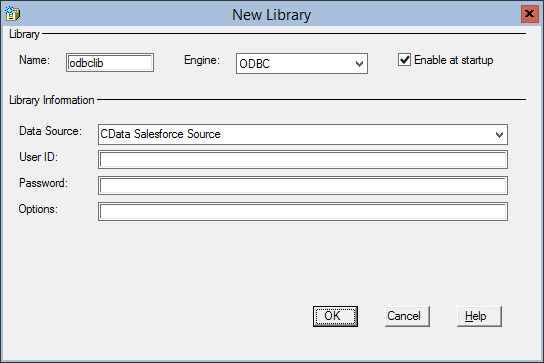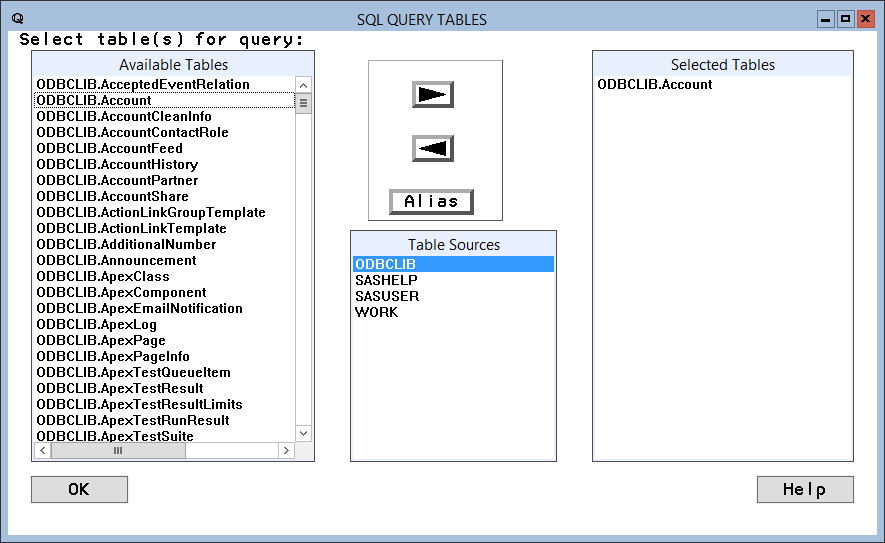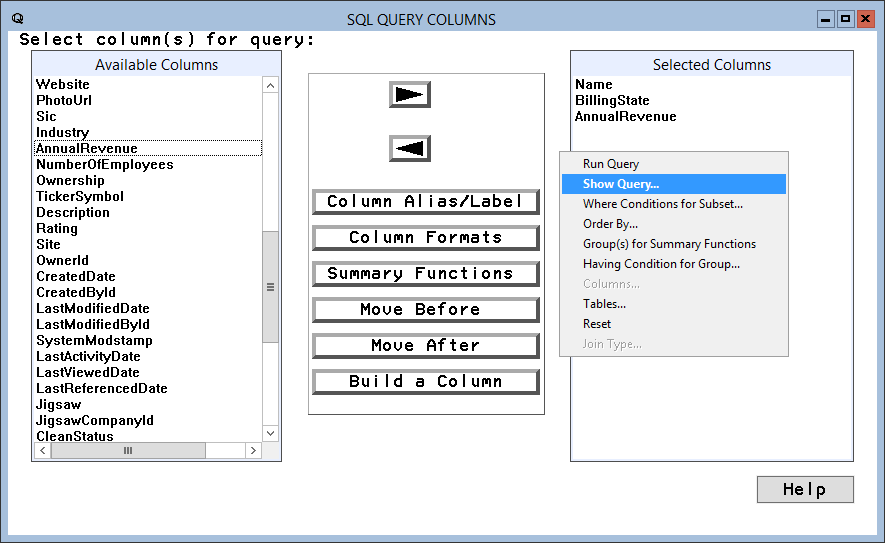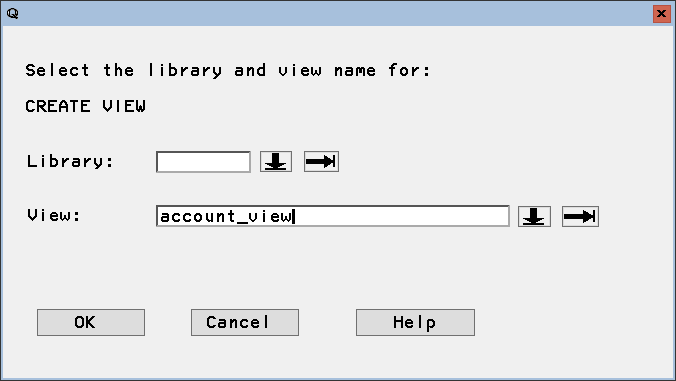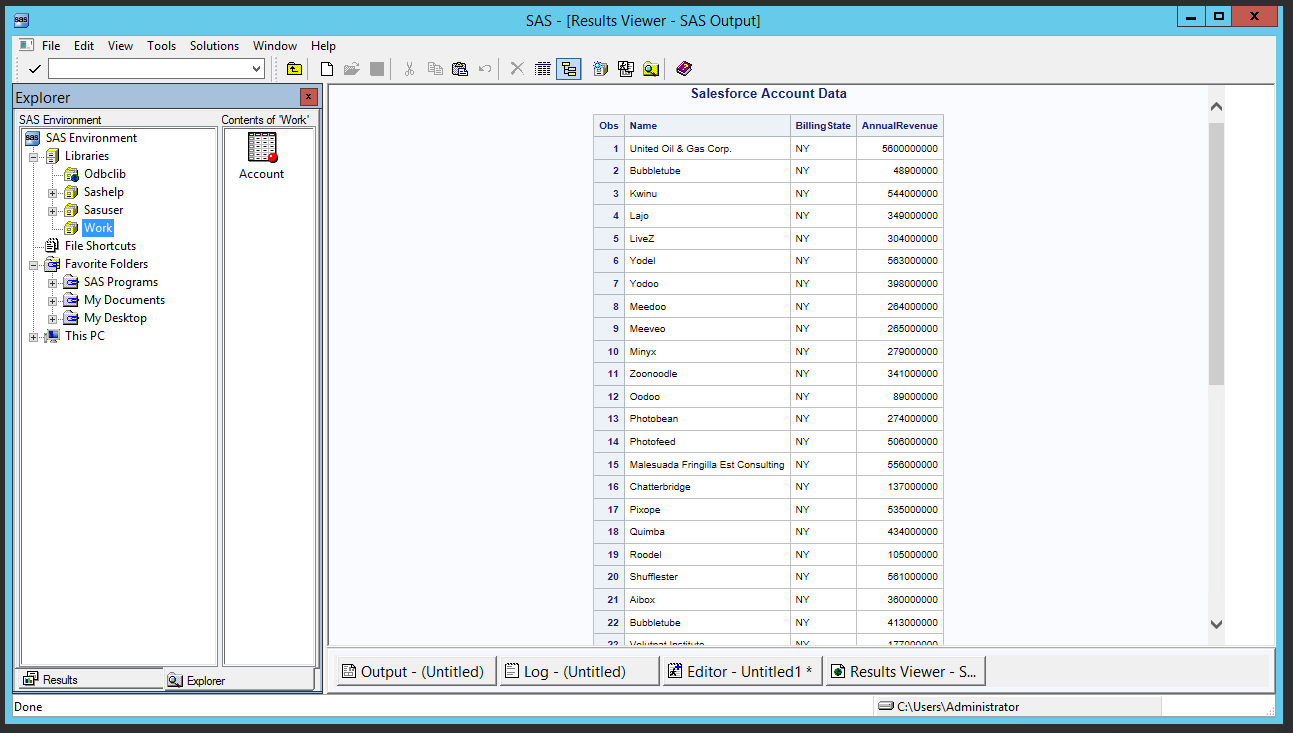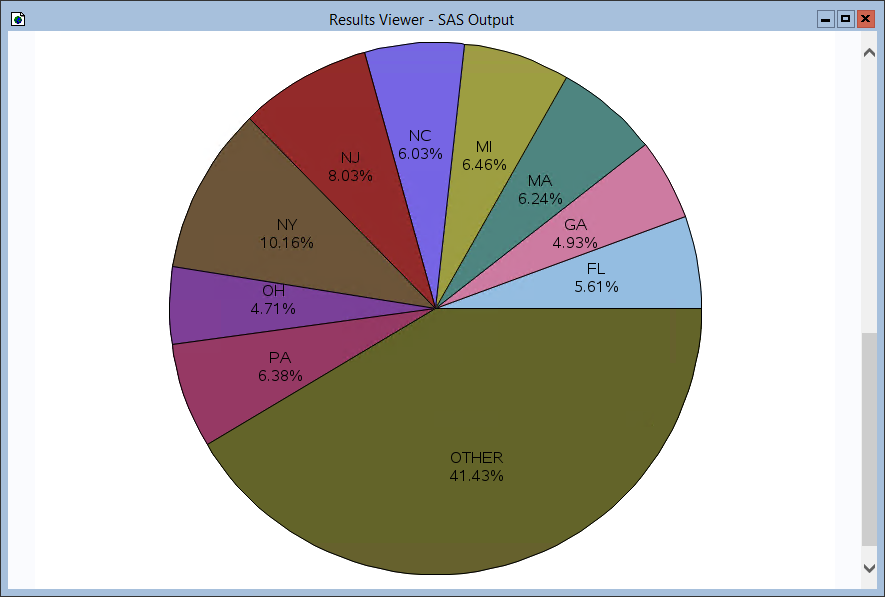Discover how a bimodal integration strategy can address the major data management challenges facing your organization today.
Get the Report →Use the CData ODBC Driver for SAP Ariba Procurement in SAS for Real-Time Reporting and Analytics
Connect to real-time SAP Ariba Procurement data in SAS for reporting, analytics, and visualizations using the CData ODBC Driver for SAP Ariba Procurement.
SAS is a software suite developed for advanced analytics, multivariate analysis, business intelligence, data management, and predictive analytics. When you pair SAS with the CData ODBC Driver for SAP Ariba Procurement, you gain database-like access to live SAP Ariba Procurement data from SAS, expanding your reporting and analytics capabilities. This articles walks through creating a library for SAP Ariba Procurement in SAS and creating a simple report based on real-time SAP Ariba Procurement data.
The CData ODBC Driver offers unmatched performance for interacting with live SAP Ariba Procurement data in SAS due to optimized data processing built into the driver. When you issue complex SQL queries from SAS to SAP Ariba Procurement, the driver pushes supported SQL operations, like filters and aggregations, directly to SAP Ariba Procurement and utilizes the embedded SQL engine to process unsupported operations (often SQL functions and JOIN operations) client-side. With built-in dynamic metadata querying, you can easily visualize and analyze SAP Ariba Procurement data in SAS.
Connect to SAP Ariba Procurement as an ODBC Data Source
Information for connecting to SAP Ariba Procurement follows, along with different instructions for configuring a DSN in Windows and Linux environments (the ODBC Driver for SAP Ariba Procurement must be installed on the machine hosting the SAS System).
In order to connect with SAP Ariba Procurement, set the following:
- ANID: Your Ariba Network ID.
- ANID: Specify which API you would like the provider to retrieve SAP Ariba data from. Select the Buyer or Supplier API based on your business role (possible values are PurchaseOrdersBuyerAPIV1 or PurchaseOrdersSupplierAPIV1).
- Environment: Indicate whether you are connecting to a test or production environment (possible values are TEST or PRODUCTION).
Authenticating with OAuth
After setting connection properties, you need to configure OAuth connectivity to authenticate.
- Set AuthScheme to OAuthClient.
- Register an application with the service to obtain the APIKey, OAuthClientId and OAuthClientSecret.
For more information on creating an OAuth application, refer to the Help documentation.
Automatic OAuth
After setting the following, you are ready to connect:
-
APIKey: The Application key in your app settings.
OAuthClientId: The OAuth Client Id in your app settings.
OAuthClientSecret: The OAuth Secret in your app settings.
When you connect, the provider automatically completes the OAuth process:
- The provider obtains an access token from SAP Ariba and uses it to request data.
- The provider refreshes the access token automatically when it expires.
- The OAuth values are saved in memory relative to the location specified in OAuthSettingsLocation.
When you configure the DSN, you may also want to set the Max Rows connection property. This will limit the number of rows returned, which is especially helpful for improving performance when designing reports and visualizations.
Windows
If you have not already, first specify connection properties in an ODBC DSN (data source name). This is the last step of the driver installation. You can use the Microsoft ODBC Data Source Administrator to create and configure ODBC DSNs.
Linux
If you are installing the CData ODBC Driver for SAP Ariba Procurement in a Linux environment, the driver installation predefines a system DSN. You can modify the DSN by editing the system data sources file (/etc/odbc.ini) and defining the required connection properties.
/etc/odbc.ini
[CData SAPAribaProcurement Sys]
Driver = CData ODBC Driver for SAP Ariba Procurement
Description = My Description
ANID = AN02000000280
API = PurchaseOrdersBuyerAPI-V1
APIKey = wWVLn7WTAXrIRMAzZ6VnuEj7Ekot5jnU
AuthScheme = OAuthClient
For specific information on using these configuration files, please refer to the help documentation (installed and found online).
Create a SAP Ariba Procurement Library in SAS
Connect to SAP Ariba Procurement in SAS by adding a library based on the CData ODBC Driver for SAP Ariba Procurement.
- Open SAS and expand Libraries in the Explorer pane.
- In the Active Libraries window, right-click and select New.
- Name your library (odbclib), select ODBC as the Engine, and click to Enable at startup (if you want the library to persist between sessions).
- Set Data Source to the DSN you previously configured and click OK.
![Creating a library for SAP Ariba Procurement in SAS.]()
Create a View from a SAP Ariba Procurement Query
SAS natively supports querying data either using a low-code, point-and-click Query tool or programmatically with PROC SQL and a custom SQL query. When you create a View in SAS, the defining query is executed each time the view is queried. This means that you always query live SAP Ariba Procurement data for reports, charts, and analytics.
Using the Query Tool
- In SAS, click Tools -> Query
- Select the table sources and the table(s) you wish to pull data from. Then, click OK.
![Selecting table(s) to visualize.]()
- Select columns and right-click to add filtering, ordering, grouping, etc.
![Selecting columns(s) to visualize and configuring the query.]()
- Create a local view to contain the query results by right-clicking the SQL Query Tool window, selecting Show Query, and clicking Create View. Name the View and click OK.
![Create a local view to work with SAP Ariba Procurement data.]()
Using PROC SQL
- In SAS, navigate to the Editor window.
- Use PROC SQL to query the data and create a local view.
NOTE: This procedure creates a view in the Work library. You can optionally specify a library in the create view statement.proc sql; create view orders_view as select documentnumber, revision from odbclib.orders where OrderStatus = 'CHANGED'; quit; - Click Run -> Submit to execute the query and create a local view.
Report On or Visualize SAP Ariba Procurement Data in SAS
With a local view created, you can report, visualize, or otherwise analyze SAP Ariba Procurement data using the powerful SAS features. Print a simple report using PROC PRINT and create a basic graph based on the data using PROC GCHART.
Print an HTML Report
- In SAS, navigate to the Editor window.
- Use PROC PRINT to print an HTML report for the SAP Ariba Procurement Orders data.
proc print data=orders; title "SAP Ariba Procurement Orders Data"; run;
![A simple SAP Ariba Procurement data report.]()
Print a Chart
- In SAS, navigate to the Editor window.
- Use PROC GCHART to create a chart for the Orders data.
proc gchart data=orders; pie documentnumber / sumvar=revision value=arrow percent=arrow noheading percent=inside plabel=(height=12pt) slice=inside value=none name='OrdersChart'; run;![A simple SAP Ariba Procurement data chart.]()






